Adikaram, NKB, Joyce, DC and Terryc, LA 2002. Bio-control activity and induced resistance as a possible mode of action for Aureobasidium pullulans against grey mould of strawberry fruit. Aust Plant Pathol. 31:223-229.
Ahuja, I, Kissen, R and Bones, AM 2012. Phytoalexins in defense against pathogens.
Trends Plant Sci. 17:73-90.


Bi, Y, Tian, S, Zhao, J and Ge, Y 2005. Harpin induces local and systemic resistance against Trichothecium roseum in harvested hami melons.
Postharvest Biol Technol. 38:183-187.

Bi, Y, Li, Y and Ge, Y 2007. Induced resistance in postharvest fruits and vegetables by chemicals and its mechanism.
Stewart Postharvest Rev. 3:1-7.

Chen, FH, Zhang, MZ and Wu, GB 2014. Study of lignification's delaying and its relationship with energy metabolism in loquat fruits after nitric oxide fumigation. Sci Agric Sinica. 47:2425-2434.
Dixon, RA, Achnine, L, Kota, P, Liu, CJ, Reddy, MSS and Wang, LJ 2010. The phenylpropanoid pathway and plant defence-a genomics perspective.
Mol Plant Pathol. 3:371-390.

Dokoozlian, NK, Ebisuda, NC and Neja, RA 1998. Surfactants improve the response of grapevines to hydrogen cyanamide.
HortScience. 33:857-859.

Droby, S, Vinokur, V, Weiss, B, Cohen, L, Daus, A, Goldschmidt, EE and Porat, R 2002. Induction of resistance to Penicillium digitatum in grapefruit by the yeast biocontrol agent Candida oleophila.
Phytopathology. 92:393-399.


Droby, S, Wisniewski, M, Macarisin, D and Wilson, C 2009. Twenty years of postharvest biocontrol research: Is it time for a new paradigm?
Postharvest Biol Technol. 52:137-145.

Fan, CF, Bi, Y, Wang, YF, Ren, YL, Yang, ZM and Wang, Y 2012 Effect of salicylic acid dipping on postharvest diseases and phenylpropanoid pathway in muskmelon fruits. Sci Agric Sinica. 45:584-589 (in Chinese).
Garc├Ła, MA, Martino, MN and Zaritzky, NE 1998. Plasticized starch-based coatings to improve strawberry (Fragaria ├Ś ananassa) quality and stability.
J Agric Food Chem. 46:3758-3767.

Ghaouth, AE, Wilson, C and Wisniewski, M 2004. Biologically-based alternatives to synthetic fungicides for the control of postharvest diseases of fruit and vegetables. In: Diseases of Fruits and Vegetables, II:eds. by SAMH Naqvi, 511-535. Springer, Dordrecht, Netherlands.
Goffner, D, Joffroy, I, Grima-Pettenati, J, Halpin, C, Knight, ME, Schuch, W and Boudet, AM 1992. Purification and characterization of isoforms of cinnamyl alcohol dehydrogenase from eucalyptus xylem.
Planta. 188:48-53.


Hofstein, R and Fridlender, B 1994. Development of production, formulation and delivery systems. Brighton Crop Protection Conference 1994: Vol. 1: Pests and Diseases. 1273-1280. British Crop Protection Council, Farnham, Surrey, UK.
Ippolito, A, Elghaouth, A, Wilson, CL and Wisniewski, M 2000. Control of postharvest decay of apple fruit by Aureobasidium pullulans and induction of defense responses.
Postharvest Biol Technol. 19:265-272.

Jamet, E and Fritig, B 1986. Purification and characterization of 8 of the pathogenesis-related proteins in tobacco leaves reacting hypersensitively to tobacco mosaic virus.
Plant Mol Biol. 6:69-80.


Kim, HM, Lee, KJ and Chae, JC 2015. Postharvest biological control of Colletotrichum acutatum on apple by Bacillus subtilis hm1 and the structural identification of antagonists.
J Microbiol Biotechnol. 25:1954-1959.


Lister, CE, Lancaster, JE and Walker, JRL 2015. Developmental changes in enzymes of flavonoid biosynthesis in the skins of red and green apple cultivars.
J Sci Food Agric. 71:313-320.

Liu, FJ, Tu, K, Shao, XF, Zhao, Y, Tu, SC, Su, J, Hou, YP and Zou, XH 2010. Effect of hot air treatment in combination with Pichia guilliermondii on postharvest anthracnose rot of loquat fruit.
Postharvest Biol Technol. 58:65-71.

Luo, Z, Feng, S, Pang, J, Mao, L, Shou, H and Xie, J 2012. Effect of heat treatment on lignification of postharvest bamboo shoots (Phyllostachys praecox f. prevernalis.).
Food Chem. 135:2182-2187.


Mauch-Mani, B and Slusarenko, AJ 1996. Production of salicylic acid precursors is a major function of phenylalanine ammonialyase in the resistance of arabidopsis to Peronospora parasitica.
Plant Cell. 8:203-212.



Pirie, A and Mullins, MG 1976. Changes in anthocyanin and phenolics content of grapevine leaf and fruit tissues treated with sucrose, nitrate, and abscisic acid.
Plant Physiol. 58:468-472.



Sharma, RR, Singh, D and Singh, R 2009. Biological control of postharvest diseases of fruits and vegetables by microbial antagonists: A review.
Biol Control. 50:205-221.

Terry, LA and Joyce, DC 2004. Elicitors of induced disease resistance in postharvest horticultural crops: A brief review.
Postharvest Biol Technol. 32:1-13.

Tian, S, Xu, Y, Jiang, A and Gong, Q 2002. Physiological and quality response of longan fruit to high O
2 or CO
2 atmospheres in storage.
Postharvest Biol Technol. 24:335-340.

Wang, J, Bi, Y, Wang, Y, Deng, J, Zhang, H and Zhang, Z 2014. Multiple preharvest treatments with harpin reduce postharvest disease and maintain quality in muskmelon fruit (cv. Huanghemi).
Phytoparasitica. 42:155-163.

Wei, Y, Mao, S and Tu, K 2014. Effect of preharvest spraying Cryptococcus laurentii on postharvest decay and quality of strawberry.
Biol Control. 73:68-74.

Wilson, CL and Wisniewski, ME 1994. Biological control of postharvest diseases of fruits and vegetables-theory and practice. CRC Press, Boca Raton, FL, USA. 192.
Winkel-Shirley, B 2001. Flavonoid biosynthesis. A colorful model for genetics, biochemistrycell biology, and biotechnology.
Plant Physiol. 126:485-493.



Wisniewski, ME and Wilson, CL 1992. Biological control of postharvest diseases of fruits and vegetables: Recent advances.
HortScience. 27:94-98.

Zhao, Y, Tu, K, Shao, X, Jing, W and Su, Z 2008. Effects of the yeast Pichia guilliermondii against Rhizopus nigricans on tomato fruit.
Postharvest Biol Technol. 49:113-120.

Zheng, Y, Sheng, J, Zhao, R, Zhang, J, Lv, S, Liu, L and Shen, L 2011. Preharvest L-arginine treatment induced postharvest disease resistance to Botrysis cinerea in tomato fruits.
J Agric Food Chem. 59:6543-6549.





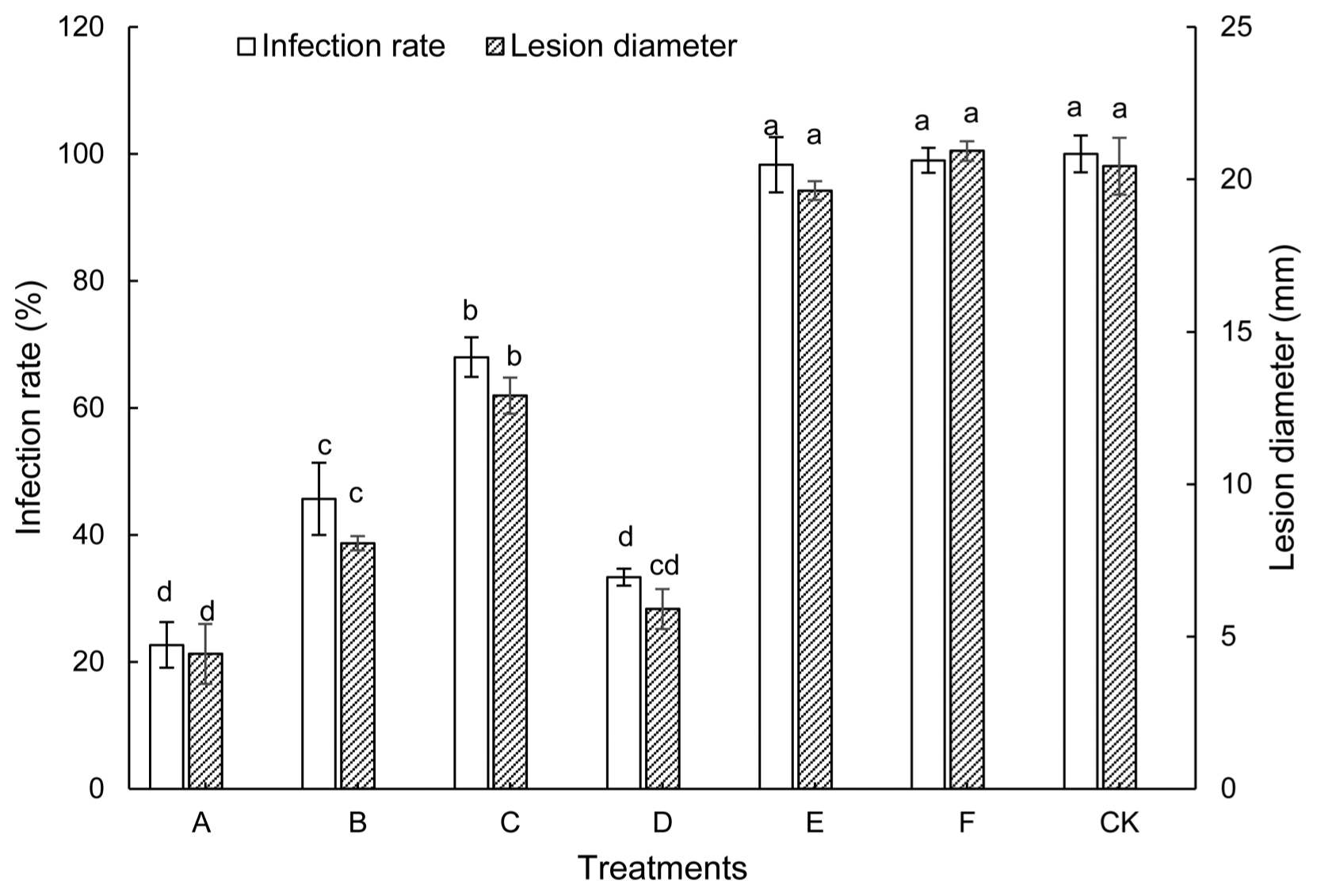
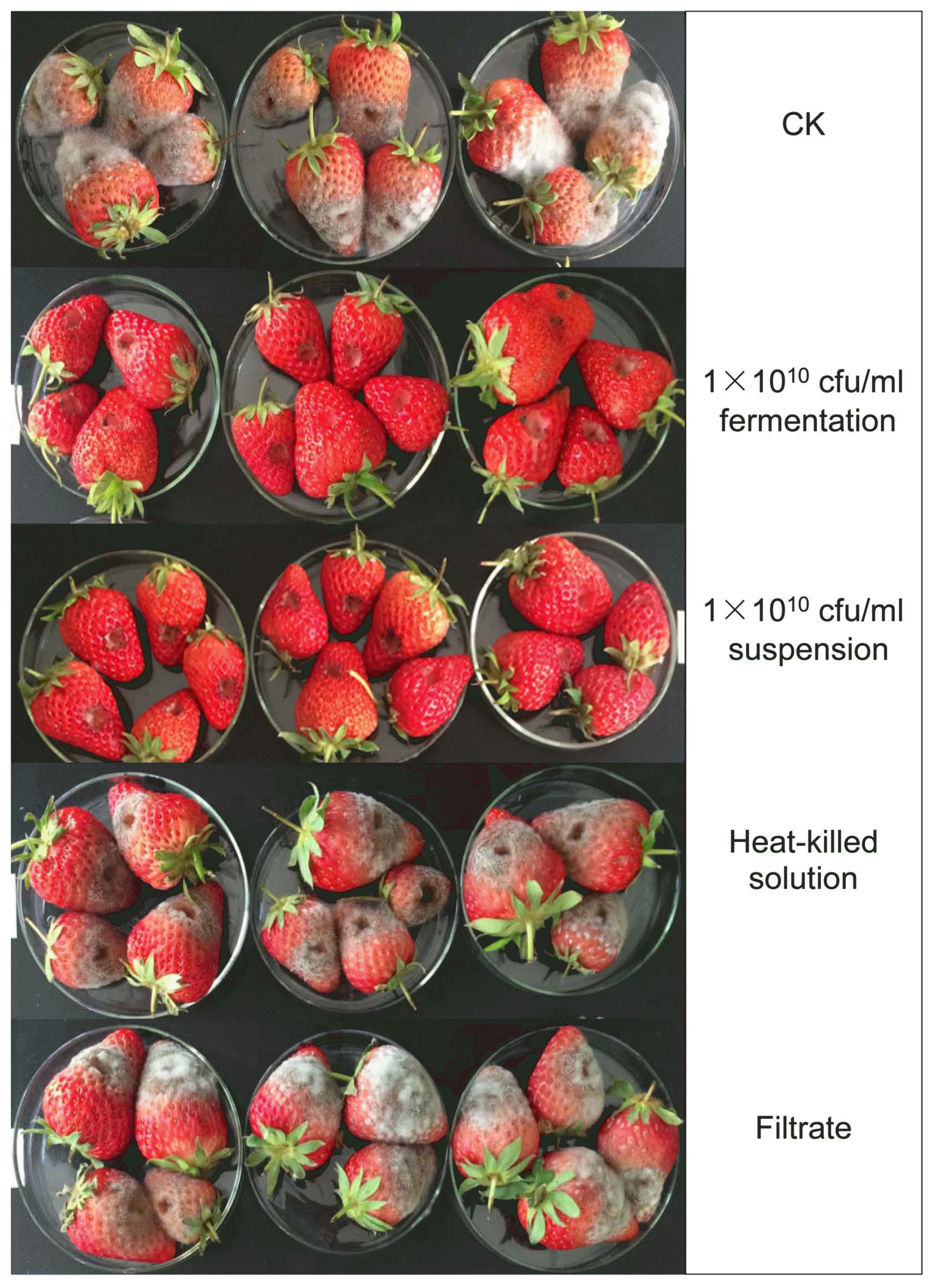

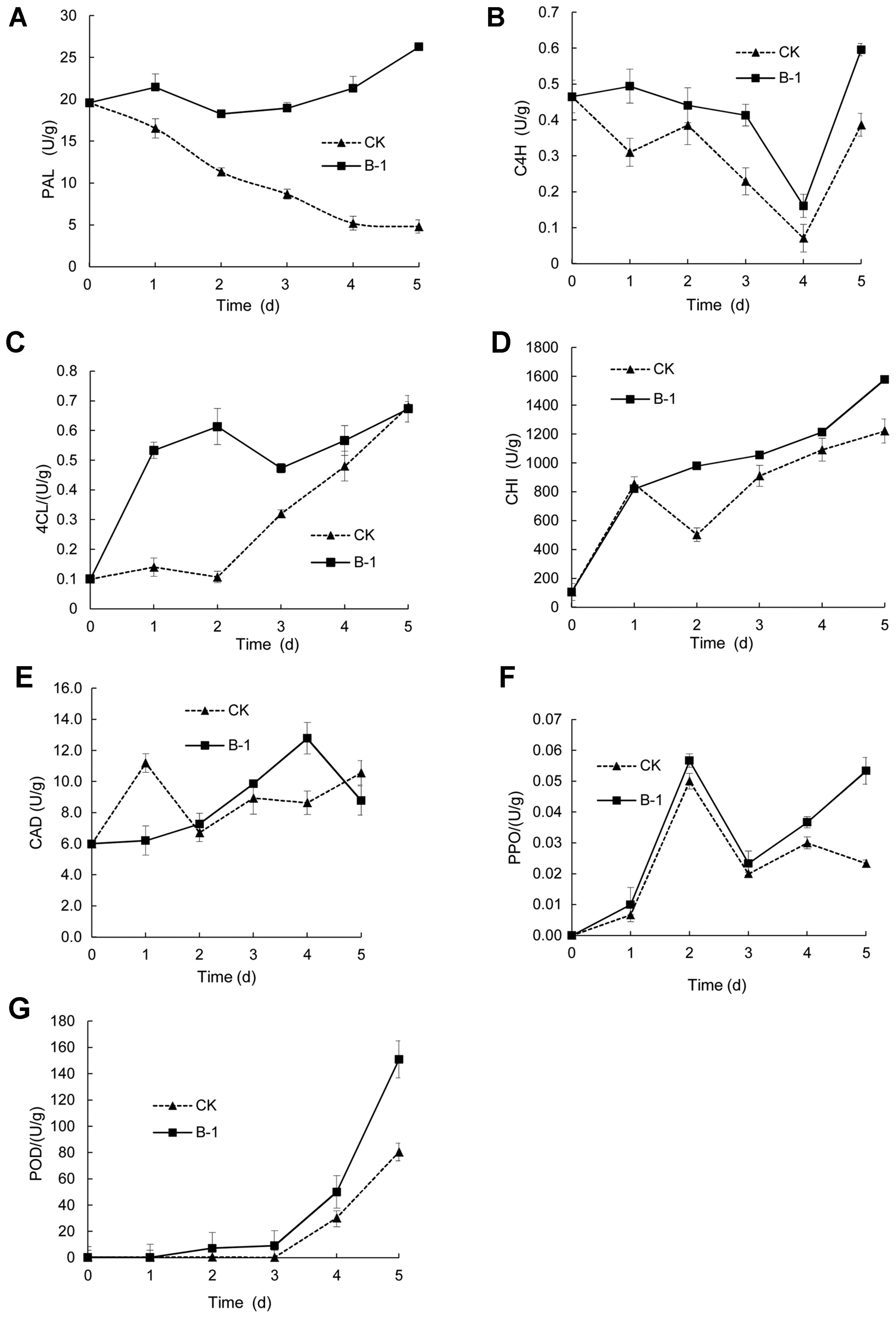
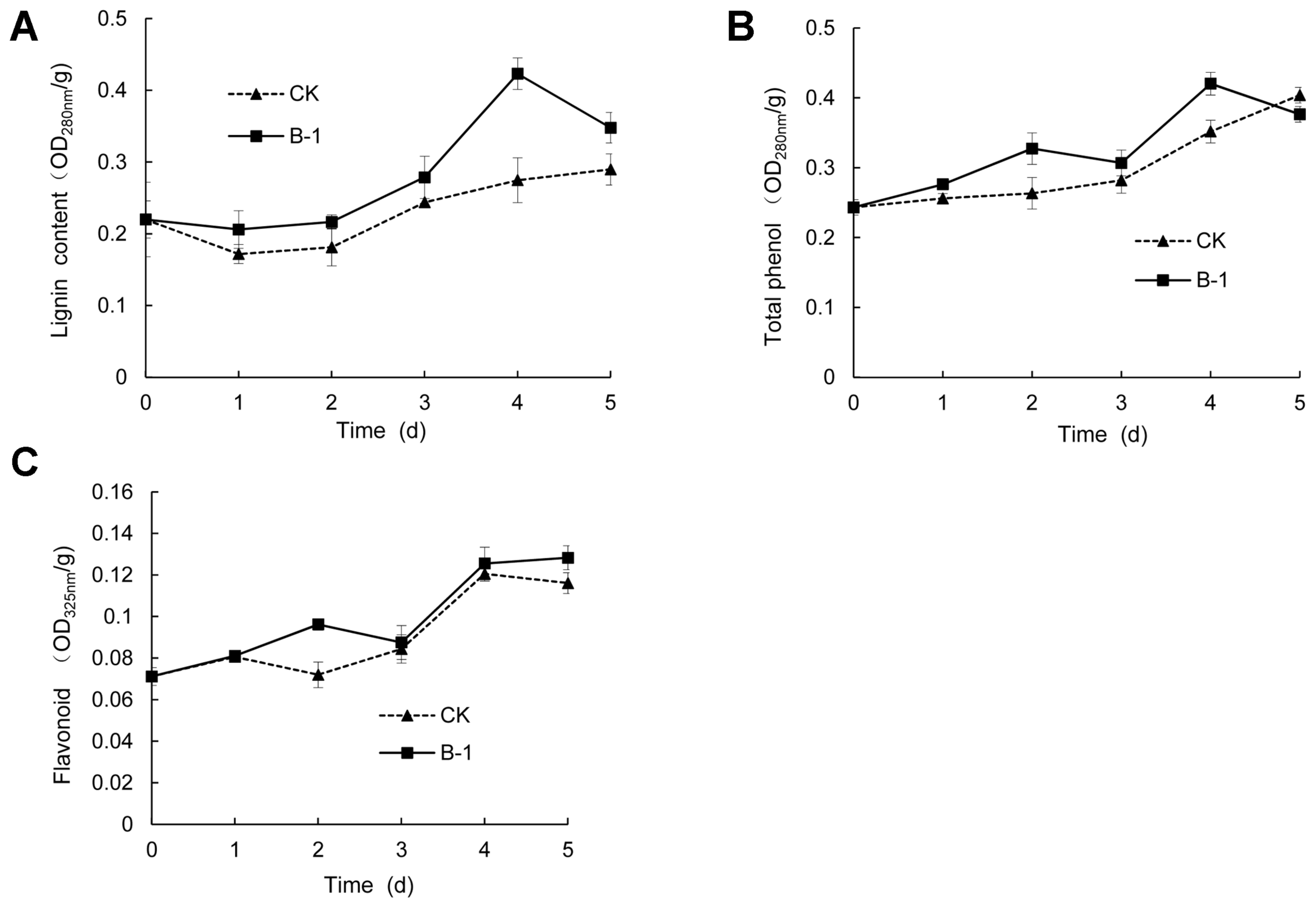
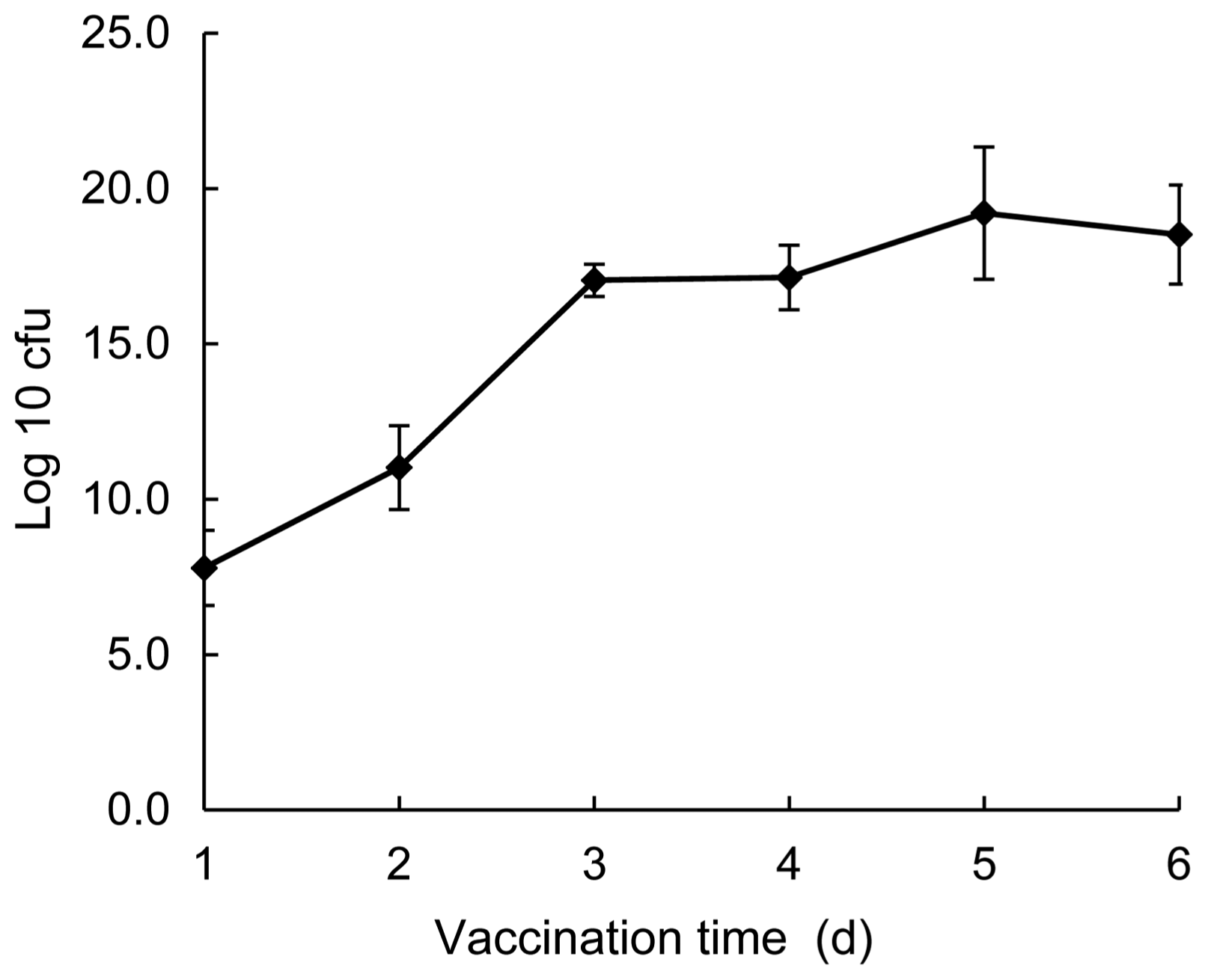
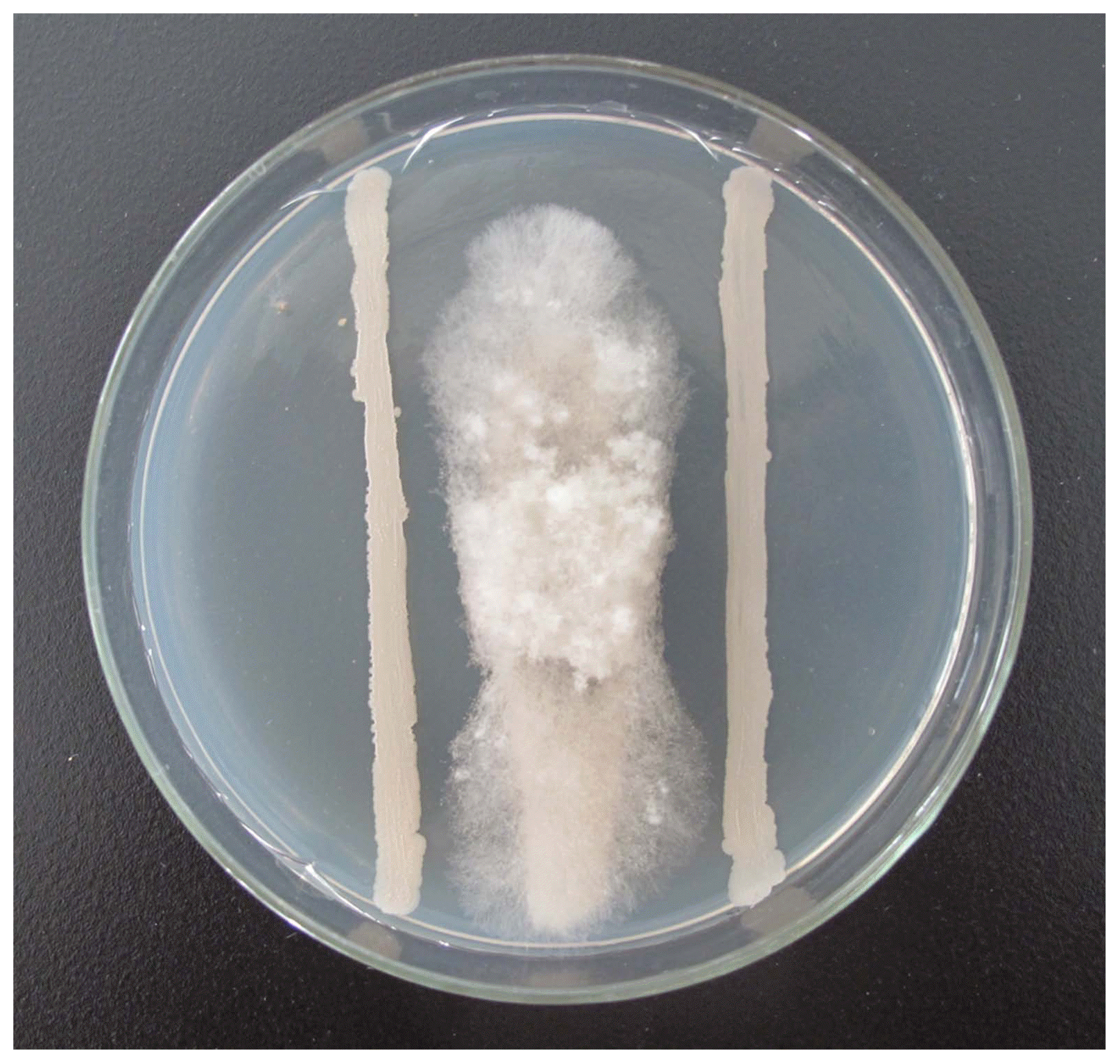
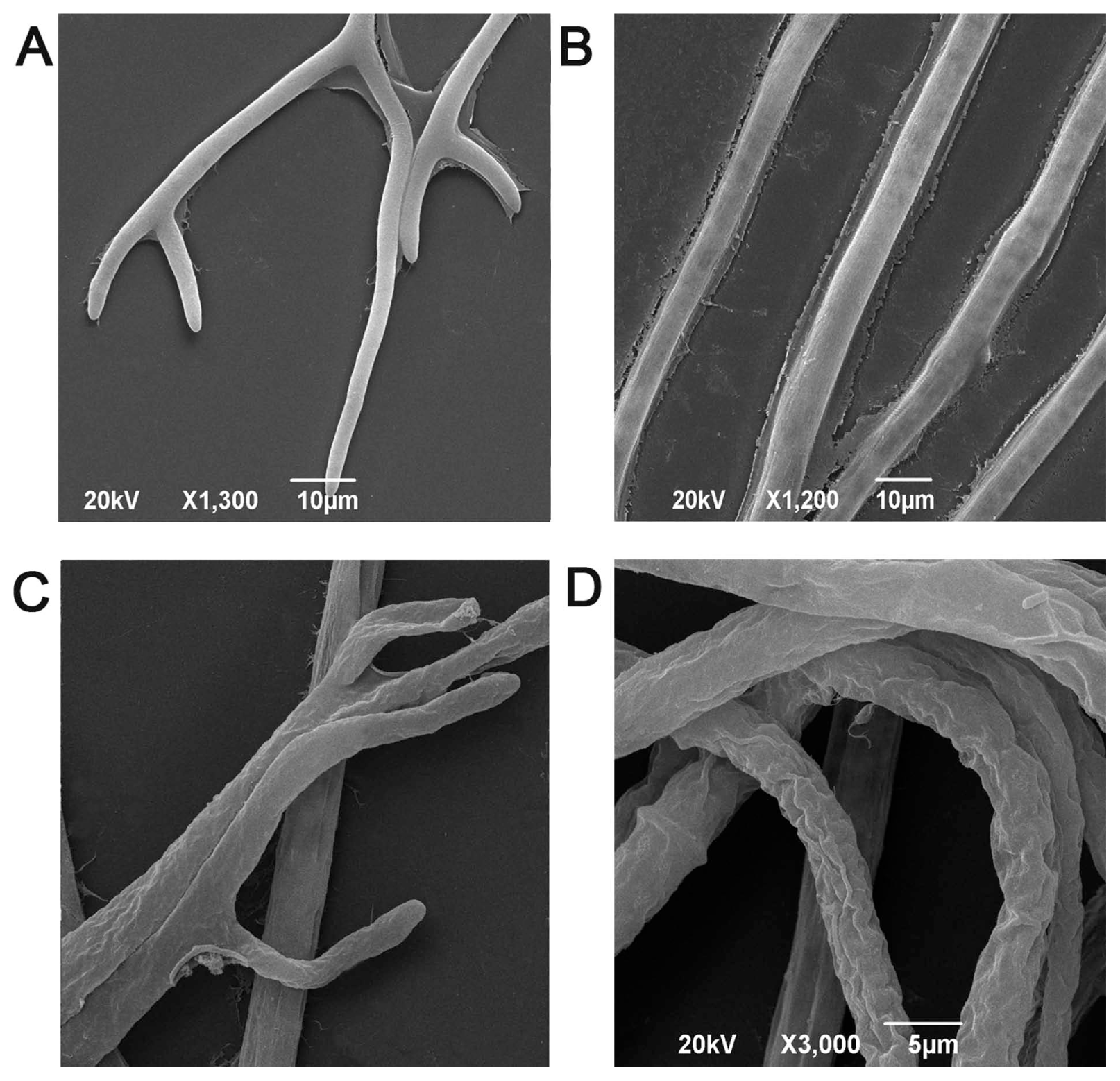
 PDF Links
PDF Links PubReader
PubReader Full text via DOI
Full text via DOI Full text via PMC
Full text via PMC Download Citation
Download Citation Print
Print






